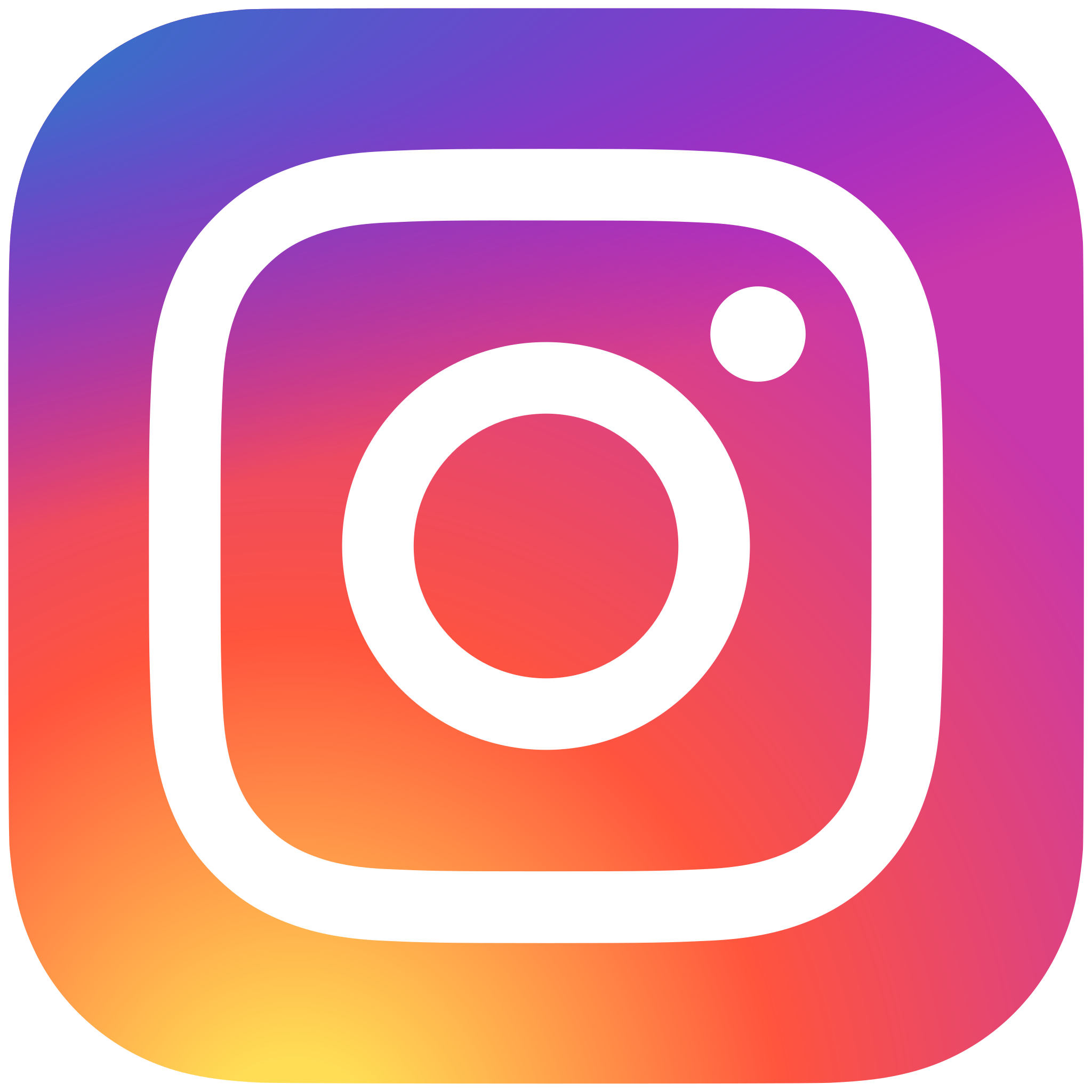At the same time AAPI women are facing the brunt of anti-Asian violence as a result of Covid-19, we also make the American healthcare system run. Our value to ensuring the health of our fellow Americans amounts to hundreds of billions of dollars. If we want our country to recognize that value––just in the healthcare sector––we must start by seeing how incredible we are ourselves.
American healthcare is one of the biggest sectors of our economy, and it’s growing every year. In 2020, healthcare spending reached $4.1 trillion dollars and nearly 20% of the country’s Gross Domestic Product, a key measure of economic power. In this industry, AAPI people are overrepresented compared with our makeup of the overpopulation (estimated at 6.8%). In healthcare, 8.5% of all workers are AAPI, including a higher population of AAPI immigrants, 6% of whom work in healthcare. AAPI immigrants make up about 3.8% of America at large.
When we walk into any hospital in America, the chances of being cared for by a Warrior Queen are high. According to research at New American Economy, Hawaii, California and Nevada have the highest proportion of AAPI healthcare workers. AAPI women make up the bulk of this workforce.
An estimated 8.8% of employed AAPI women work in healthcare and 5.4% of employed AAPI women are RNs. We’re overrepresented in the essential front-line industries that have proved to be indispensable especially during the pandemic and will continue to be as our population in America ages. Perhaps because we are indispensable, and racism is only spreading against us, we are not valued as we should be.
Our recent feature of Lauren Chang Thompson, a Registered Nurse in New York City, shows why so many of us choose to care for our communities. She says, “For me, It’s about being able to be of service to your community. It’s about being able to bring voice to those who can’t necessarily speak for themselves. As a child of Chinese immigrants, we’ve been taught to keep our heads and eyes down as the price of being here. It’s time we reclaim our voices, and start taking up space.”
To demand our value be taken seriously by those in power, we must take steps to reclaim our own voices. Start by downloading our Action Kit. It’s not only our wages, but our health, dignity and equity that will benefit.
And our share of wages is despicable in this industry that we are foundational in. AAPI women registered nurses are paid 82% of what non-Hispanic white men are paid. Recent studies have determined that AAPI women lose an average of $10,000 each year when compared to what white, non-Hispanic men earn. Recent CNBC report said, “The NWLC calculated the wage gap between AAPI women and white men, regardless of how many hours they worked, to more accurately capture the setbacks and job losses AAPI women in part-time or seasonal roles faced throughout the Covid-19 pandemic and found that AAPI women earned just 75 cents, on average, for every dollar paid to a white man in 2020.”
We aren’t just called upon to care for our communities through the worst pandemic in a century. AAPI women care for their families including children, elderly parents and extended family members. Our culture of multi-generational households make our communities strong, but it also relies on our own labor to maintain the fabric. Yvonne Hsu at the National Asian Pacific American Women’s Forum (NAPAWF) pointed out that, “More often than not, they’re also the breadwinners … and to make up for lost wages, AANHPI women have no choice but to work longer hours and multiple jobs which often don’t provide paid medical or family leave. These are women who will never ‘catch up’ to their white male counterparts.”
Still, despite all of our caregiving and hard work, reports of racist violence against AAPI women abound. According to #StopAAPIHate, almost 70% of hate incidents reported to them from the start of the pandemic to mid-2021 targeted AAPI women and girls. We are seen as less likely to fight back, and are continuously fetishized and objectified, affecting the racialized, gendered, and sexualized violence we face. The most common areas where we experience this public health crisis of racism includes the workplace, followed by public spaces (e.g. sidewalks).
In general, the healthcare industry faces extreme workplace violence. According to an industry report, “Workers in the healthcare and social service industries experience the highest rates of injuries caused by workplace violence and are five times as likely to get injured at work than workers overall, according to data from the Bureau of Labor Statistics. Those incidents have risen nearly every year for healthcare workers since the BLS began tracking them in 2011.”
We aren’t powerless. In fact, we’ve proven to be more capable than we give ourselves credit for. We must give ourselves that credit, and speak it loudly and persistently, to create the collective action necessary for equity. Our Action Kit can help you start the self-reflection necessary to identify the difference you can make. Our tip: start with using your powerful voice to claim your value.



